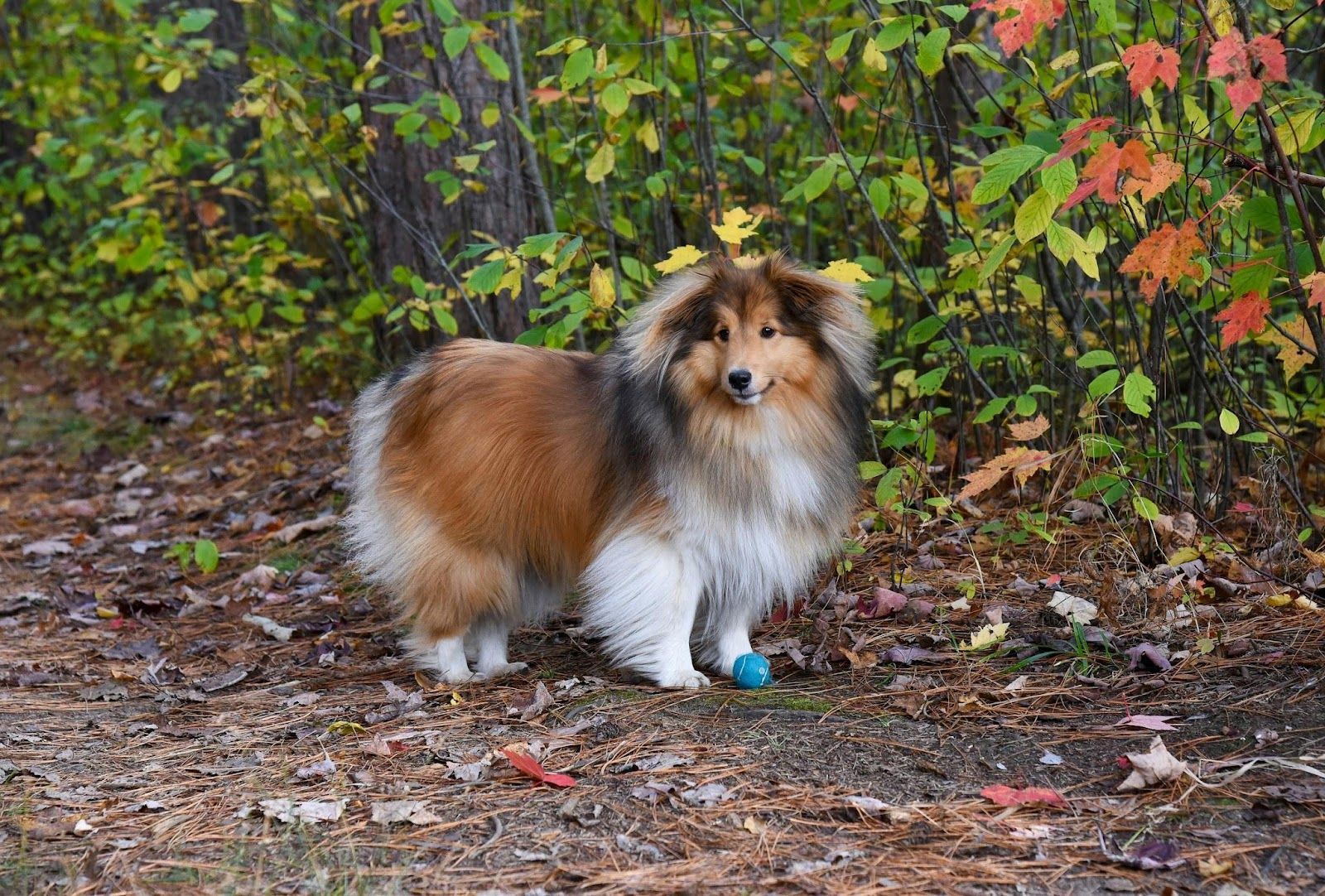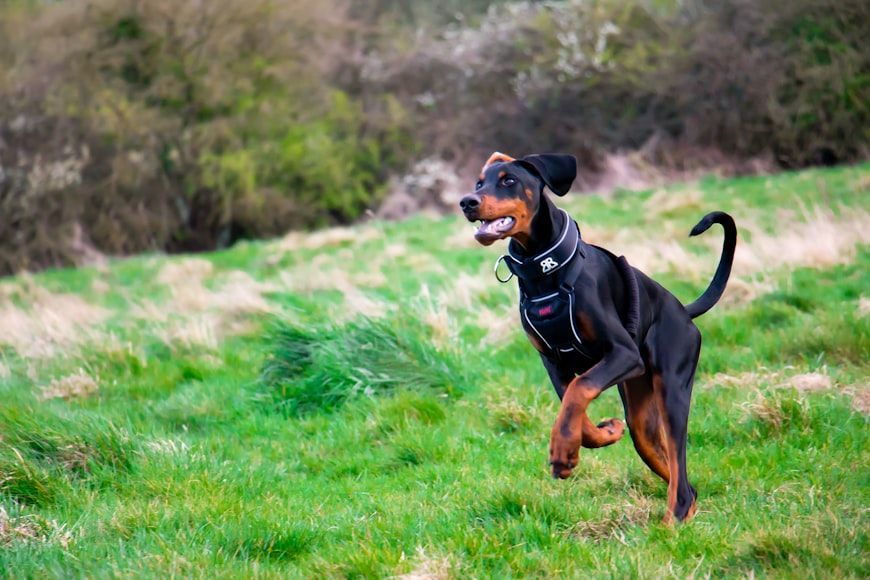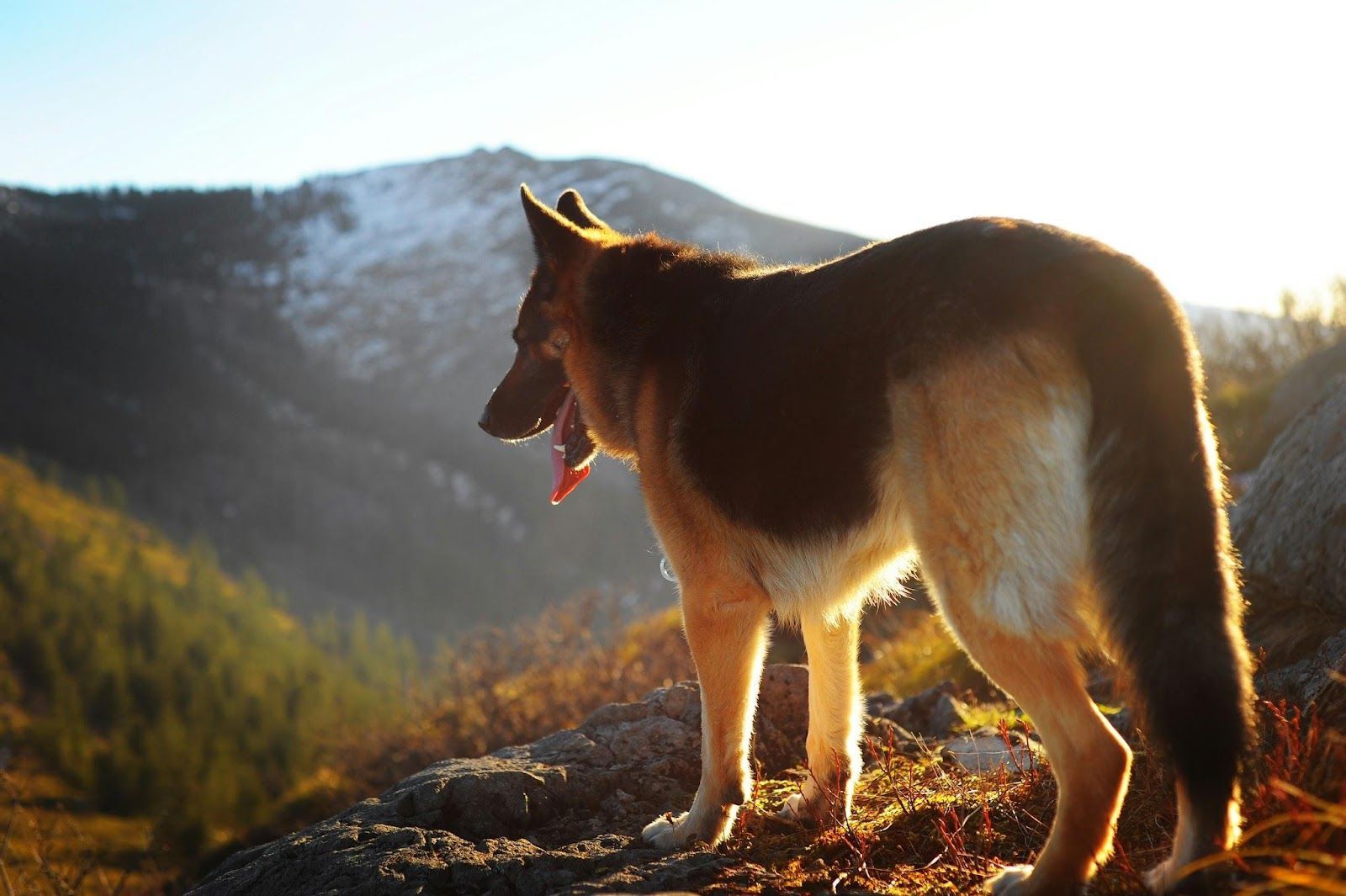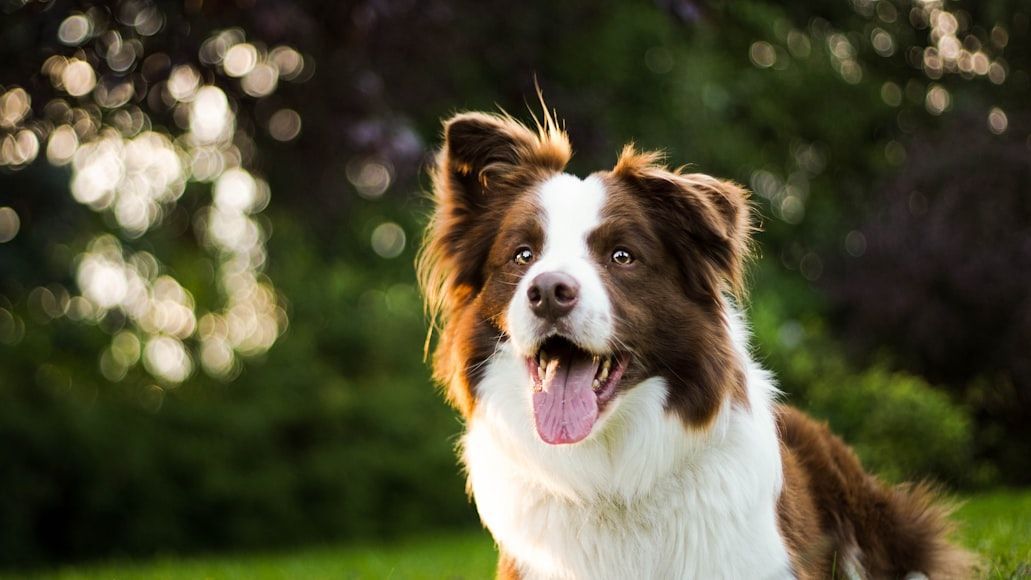Secrets of heights
Unsolved mysteries, strange finds, and fossils: The truth about Everest
Published on November 1, 2025
 Credit: Martin Jernberg
Credit: Martin Jernberg
At 29,032 feet, Mount Everest is known as the "rooftop of the world." While that's a fact most people already know, this ancient mountain holds more secrets than you might expect. From mythical creatures to the most unusual objects ever found there, today we're taking a journey up Everest, and what we'll discover might surprise you!
It has many names
 Credit: Ben Lowe
Credit: Ben Lowe
Most of us know it simply as Everest, but this mountain has more identities. In the 19th century, the British named it after Sir George Everest, a British surveyor. But in Nepal, it's called Sagarmatha, which means "Forehead of the Sky." In Tibet, meanwhile, it's known as Chomolungma, meaning "Goddess Mother of the World." Beautiful, right?
Peculiar weddings
 Credit: Konstantin Mishchenko
Credit: Konstantin Mishchenko
If you think marriage is only for the daring, you won't believe this. Despite the danger and harsh weather, several couples have chosen the world's highest peak as the location for their wedding. A recent example is Ashley Schmieder and James Sissom, who in 2017 became the first couple to get married on the summit of Everest wearing traditional wedding outfits. Imagine wearing a wedding dress at -10°F!
What they've found
 Credit: Sebastian Pena Lambarri
Credit: Sebastian Pena Lambarri
On average, 800 to 900 people try to climb Everest each year, with many more visiting its base. Along the way, climbers often leave behind a surprising amount of items like crampons, clothing, cooking utensils, climbing tools, and oxygen bottles. In fact, there are "Trash zones" filled with these and many other articles left behind by people. You can imagine what else might be found there, especially since not everyone makes it to the summit.
Fossils of what?
 Credit: Joseph Corl
Credit: Joseph Corl
At the top of Everest, there's more than just leftover climbing gear. There, at almost 30,000 feet above sea level, they have found something else: marine fossils!
Although the summit is far from the sea today, it wasn't always that way. Millions of years ago, the area where Everest now stands was once part of a seabed at the bottom of the ocean. Over time, tectonic plates pushed the land upward, forming not just Everest but the entire Himalayan mountain range.
Fastest climber
 Credit: Jonathan Ansel Moy de Vitry
Credit: Jonathan Ansel Moy de Vitry
Experienced climbers typically take 6 to 9 weeks to reach the summit of Everest, something incredible given the mountain's extreme conditions. But hear this: In 2003, expert Nepalese climber Lakpa Gelu reached the summit in just 10 hours and 56 minutes. And as if that wasn't impressive enough, in 2004, Sherpa Pemba Dorje beat that record, making it to the top in only 8 hours and 10 minutes!
Still growing
 Credit: Luo Lei
Credit: Luo Lei
The movement of tectonic plates causes the Himalayas to rise. Incredible as it may seem, Mount Everest isn't just tall: It's actually growing a fraction of an inch every year! It may not sound like much, but over millions of years, it really adds up.
Everest's ghosts
 Credit: Ehab Al-Hakawati
Credit: Ehab Al-Hakawati
There's an unsolved mystery on Everest involving two British climbers, George Mallory and Andrew Irvine, who aimed to be the first to reach the summit back in 1924. They were reportedly last seen close to the top, but no one knows if they actually made it.
Both climbers disappeared, and while Mallory's body was discovered in 1999, Irvine has never been found. Many people report encountering ghosts that haunt the mountain and sometimes even offer help. Could those spirits be the two of them?
100 years
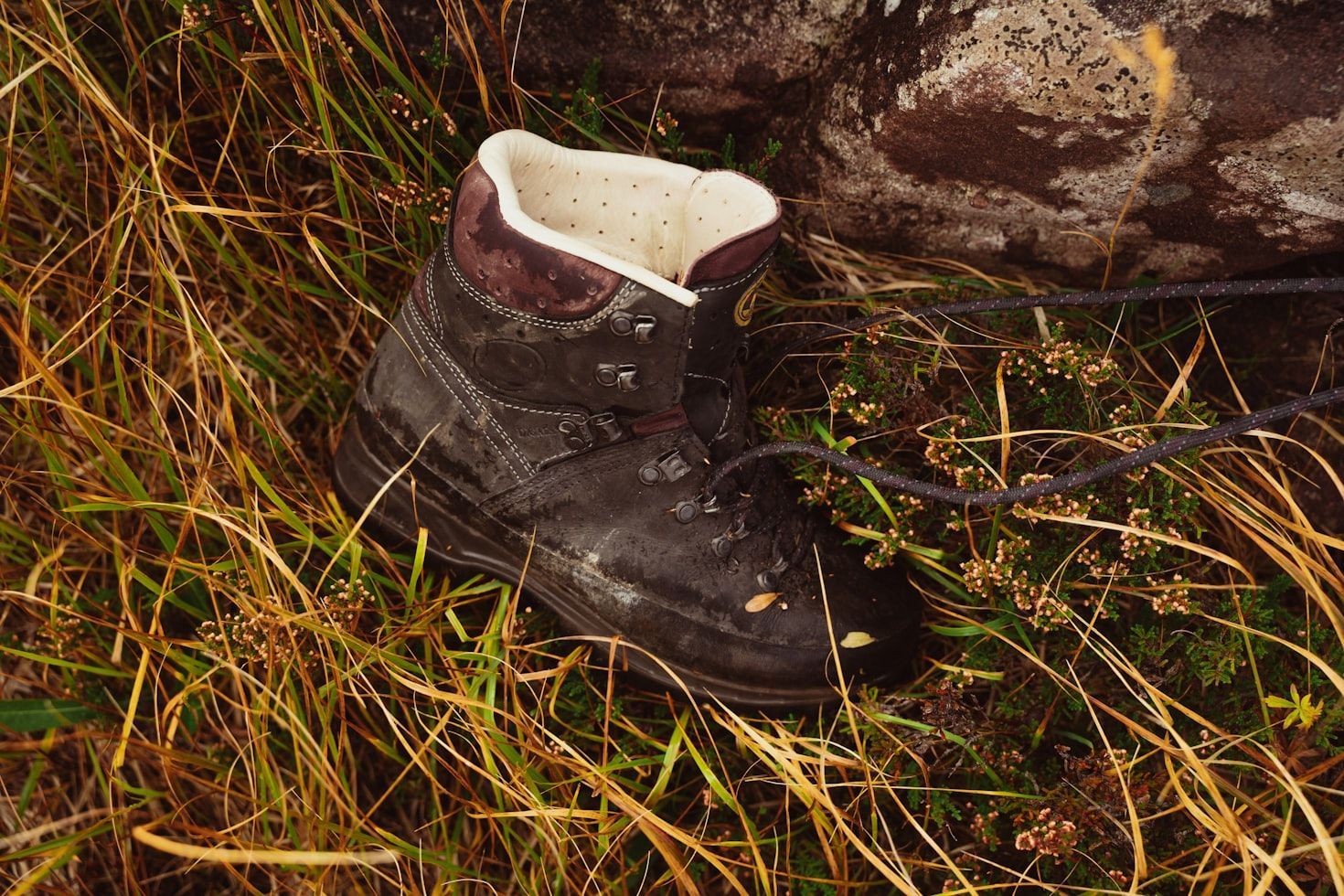 Credit: Kirsten Frank
Credit: Kirsten Frank
In 2024, Nat Geo explorers found a boot with a sock inside that read "A. C. Irvine." That's right! It took a hundred years before they finally discovered this boot, believed to have belonged to Irvine.
If it took a century to find just one boot, imagine everything else that might still be up there!
Traces of the Yeti?
 Credit: Agnès Maillard
Credit: Agnès Maillard
Part of the mountain's folklore is the mythical Yeti, also known by his stage name: the Abominable Snowman. Reports of a huge, ape-like creature walking on two legs date back as early as the 19th century.
Most research suggests it's likely all about a bear species, but even today, some people still claim to have seen the Yeti. In the mountain, there have also been discoveries of footprints too large to be human, and even enormous bones!
It has its own plants and animals
 Credit: JC Gellidon
Credit: JC Gellidon
The extreme altitude, cold, and other harsh conditions make life on Everest tough. However, to many people's surprise, the mountain does have its own unique plants and animals, all known for their ruggedness. On one hand, you can find hardy plants like mosses, lichens, and the Himalayan Blue Poppy. When it comes to animals, the area is home to snow leopards, Himalayan tahr (wild goats), and yaks. Of course, the higher you go, the scarcer wildlife becomes.





